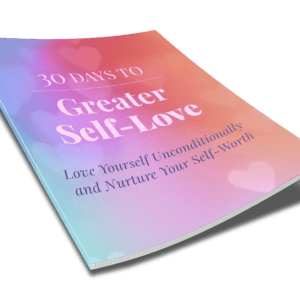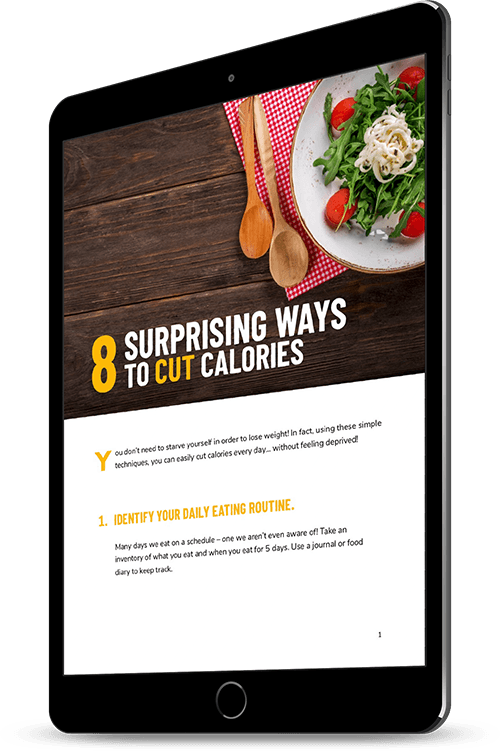How to Control Impulsive Shopping

We all have ways of entertaining and soothing ourselves. Some eat to excess while others use drugs or alcohol. You might surf the internet or get a thrill from shopping. While unnecessary shopping isn’t hazardous to your health, it is harmful to your finances. It can be exciting to go shopping and purchase something new, but the thrill doesn’t last for long.
It doesn’t take long before you need to purchase something else to capture the same feeling.
Or maybe you’re just one of those people that leave the house for bread and milk and come home with bread, milk, two candy bars, a fax machine, and a crockpot.
Control your urge to shop and preserve your finances instead:
1. Have a mandatory wait period. Some states have a waiting period to purchase a firearm. You can impose your own waiting period that applies to any non-essential purchase. Dying to purchase that new pair of shoes or the latest iPhone? Make yourself wait.
- Impulsive shopping is just that – impulsive. You might make a different decision if you give yourself a little time.
- How long do you have to wait? Anywhere from 48 hours to 30 days. It’s up to you. You might use a sliding scale depending on the cost of the item. A $50 item could invoke a shorter waiting period than a $1,000 item.
2. Shop when you’re in a good mood. Many impulsive purchases happen during times of grief, anxiety, or other stressful emotional states. No one ever made themselves feel better by purchasing something, at least not for long. Shop when you’re in the best possible mental state to resist the urge to splurge.
3. Determine when you’re most likely to make an impulsive purchase. Is it mood-related? Is it on payday? Do you purchase unnecessary items when you’re bored or lonely? When you’re with a particular friend? Think about it. Why do you make these types of purchases and when?
4. Limit unnecessary purchases to things you can return. How many times have you purchased something only to feel let down afterward? Make it easy to return the item and get your money back.
- Be careful when unboxing anything you purchase. Save all the packaging and avoid damaging the item. Save your receipt, too. You might want to return the item in a week.
5. Make a list of the things you need and stick to it. When you want to purchase something, see if it’s on your list. Take inventory at home and determine what you need. Your refrigerator might be 10 years old, but if it’s still running without any issues, you don’t need a new one. Start making a list today and keep it with you whenever you leave the house.
6. Avoid shopping online. Unless you need the item and it’s cheaper online, avoid purchasing anything online. It’s too easy to sit on the couch with a good movie and allow your shopping instinct to run wild.
7. Keep your money where you can’t access it easily. Move any excess money out of your checking account as soon as you’re paid. Move it into an account that doesn’t include a debit card. You’ll still have access to the money for emergency purchases, but it won’t be easy to splurge unnecessarily.
Some people purchase items they don’t need as a way of dealing with discomfort, while others enjoy the thrill of a good sale. Colorful items carefully placed by retailers entice a third group to make unnecessary purchases. The result is a diminishing bank account. Take steps to ensure that you’re not shopping irresponsibly.
CLICK HERE to Explore Our Free Online Courses
 Sensitive Side
Sensitive Side  Who Are You? Find Greater Success With Self Knowledge
Who Are You? Find Greater Success With Self Knowledge  30 Days To Greater Self Love
30 Days To Greater Self Love  Daily Gratitude
Daily Gratitude  Healing From Emotional Trauma, Breakups, and Betrayal Course
Healing From Emotional Trauma, Breakups, and Betrayal Course  Future Focus
Future Focus  Investment Strategies To Grow Your Assets
Investment Strategies To Grow Your Assets  Open and Authentic
Open and Authentic  My Support Network
My Support Network 


Responses